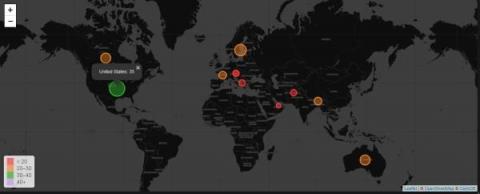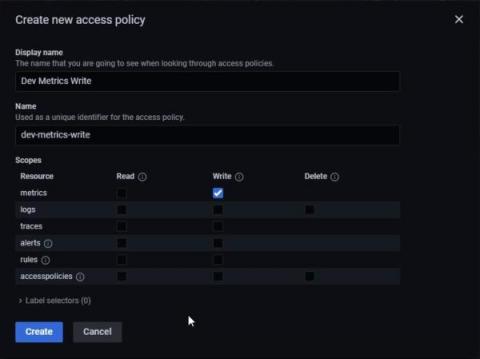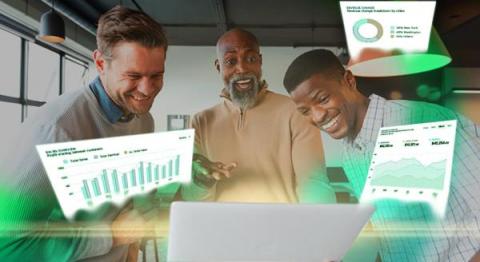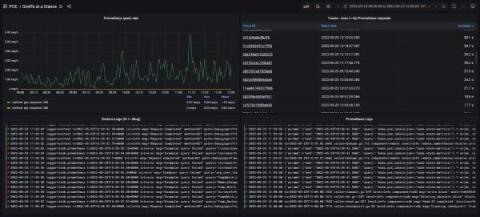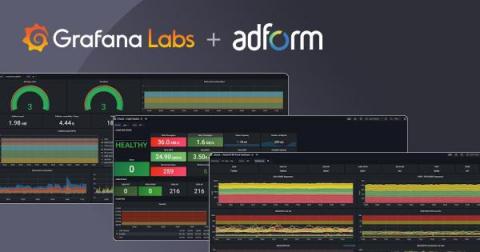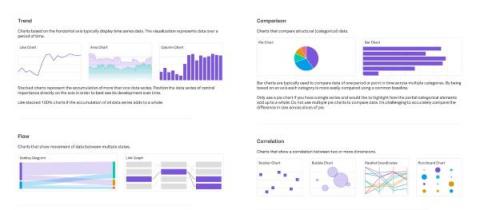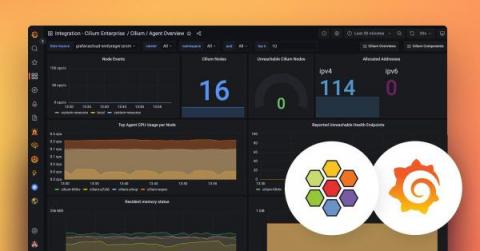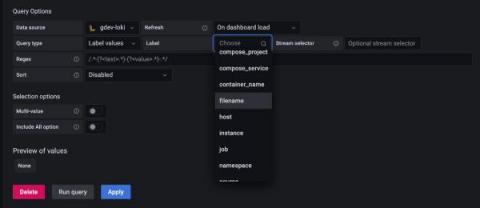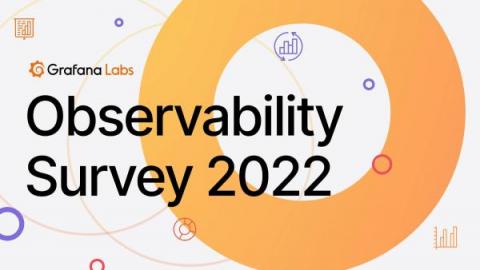Grafana Worldmap Panel
Grafana Worldmap is a free-of-cost panel used to display time-series metrics over a world map. Users can choose to visualize their data based on cities, states, countries, or any other segregation they like as long as they have a coordinate for each data point. Each data point comes in the form of circles that vary in size depending on the value of data and can get color-coded as per thresholds.

